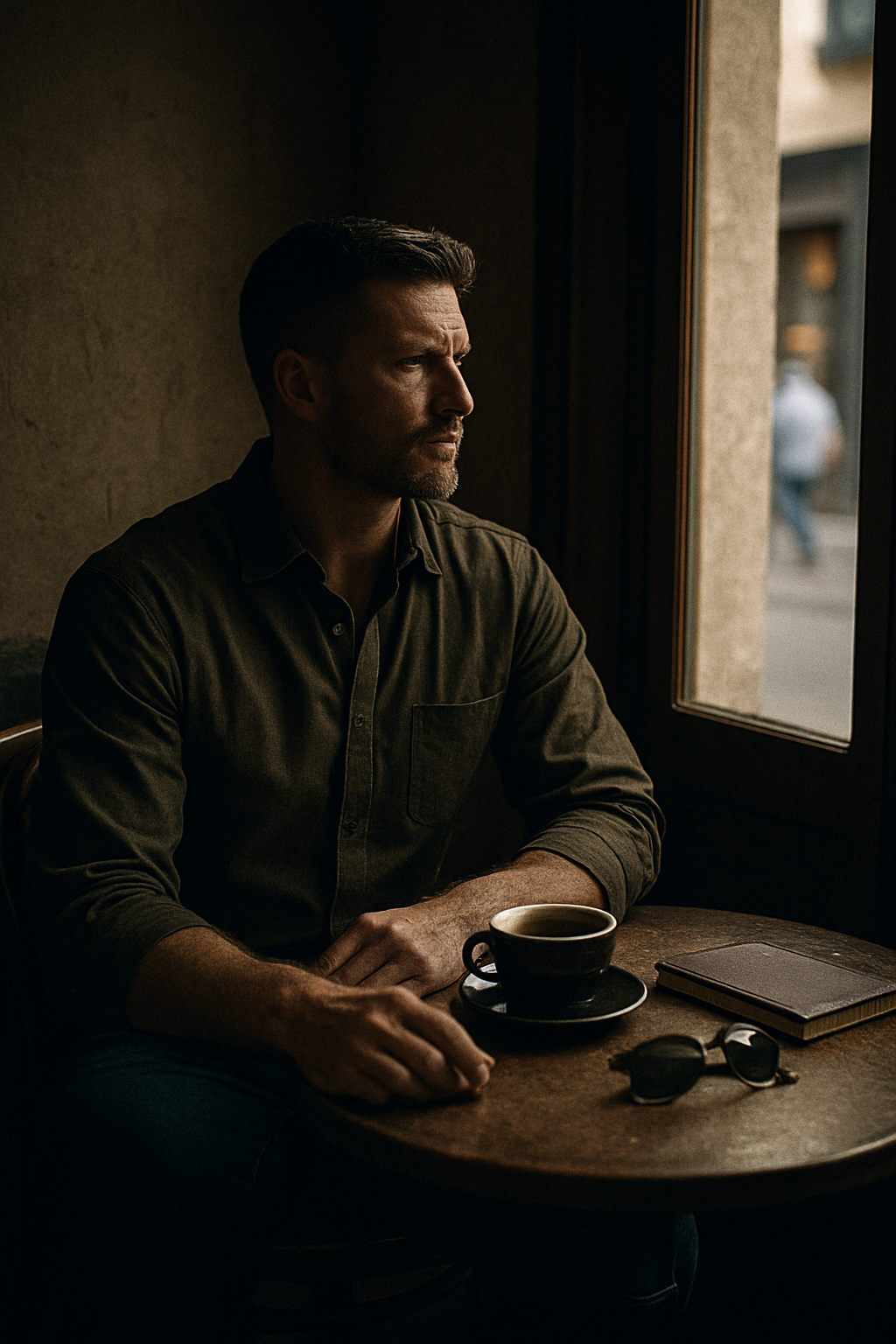
Eyes on Exit
Share
The first thing you do when you walk into a room?
Find the exits.
Not because you intend to run.
But because if something happens, the man who already has a route in his head is the one who controls the outcome.
This isn’t paranoia. It’s professional.
Operators, case officers, interrogators, protectors—it doesn’t matter the uniform or cover. If you’ve done the work, the habit becomes instinct. You enter, you assess, and you catalog.
- Who’s already in the room?
- Who’s watching who?
- How many paths in? How many out?
- Which door was meant to be locked—but isn’t?
The best are subtle about it. You’d never notice.
A glance. A head tilt. A minor repositioning in their seat.
You don’t stare at the exit—you orient to it.
You sit with your field of vision open. You let the crowd flow between you and the unknowns. You don’t box yourself into corners you can’t control. And if you have to take a vulnerable seat—at a dinner, a briefing, a meet—you do it with intent. You sacrifice position only when the leverage gained is worth it.
Because exits aren’t just for escape.
They are for control.
If you know where every line leads, you can shape the room.
If you control the movement, you control the tempo.
If you control the tempo—you own the moment.
Every man in the field learns this. Some forget it. The ones who don’t are usually the ones still breathing.
Eyes on exit.
Always.
SENSITIVE // RESTRICTED
GRAYWIRE
